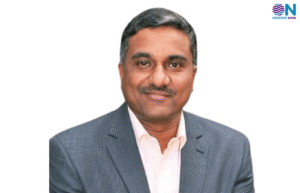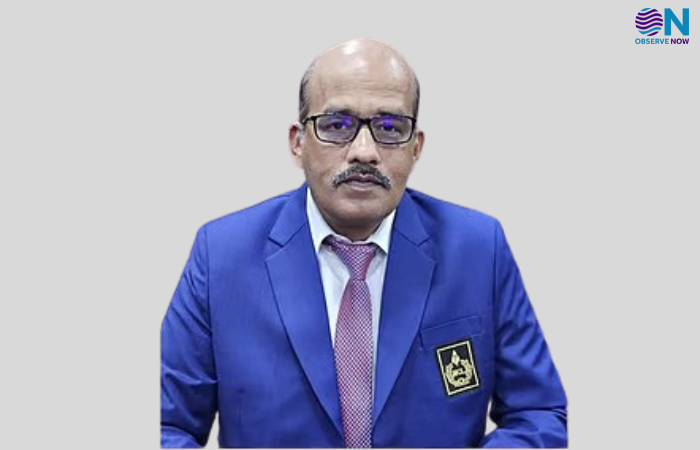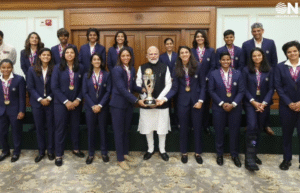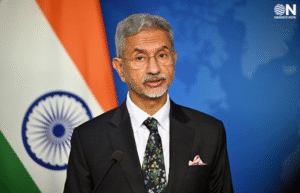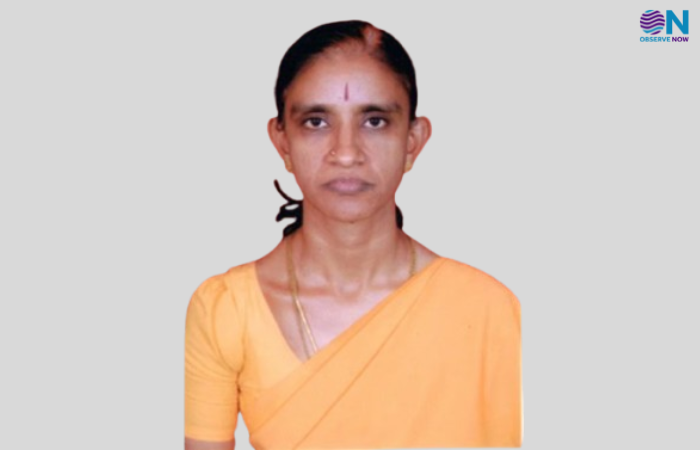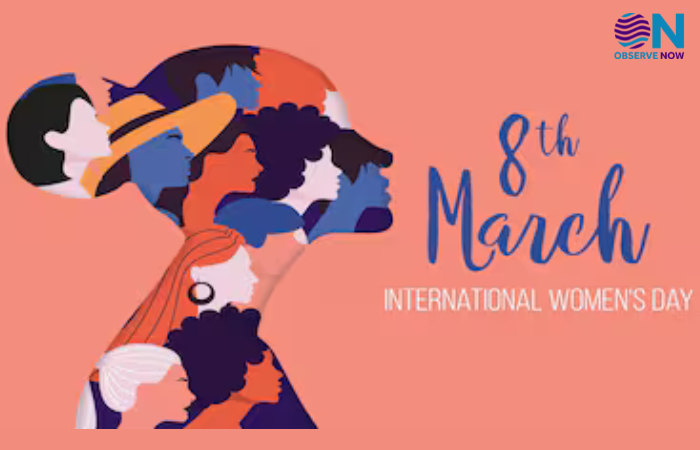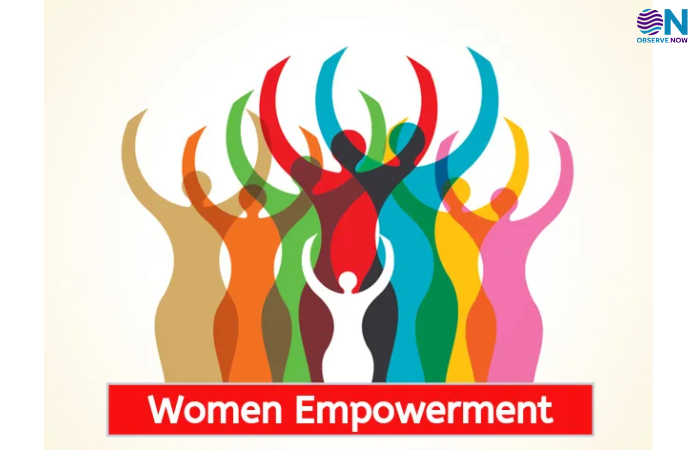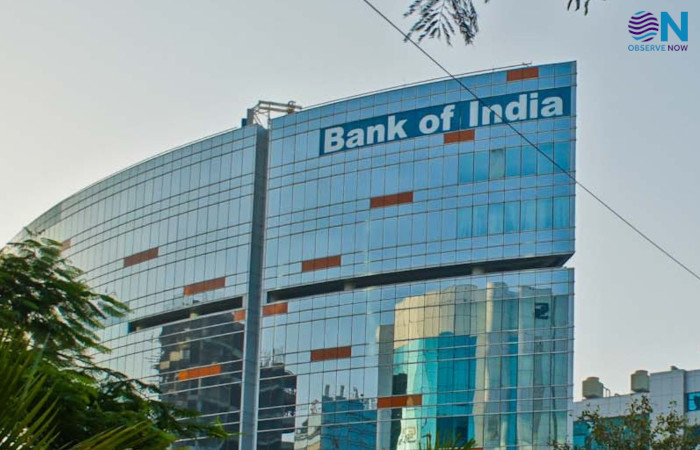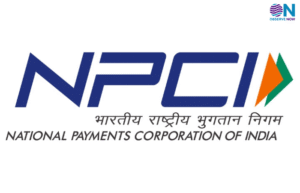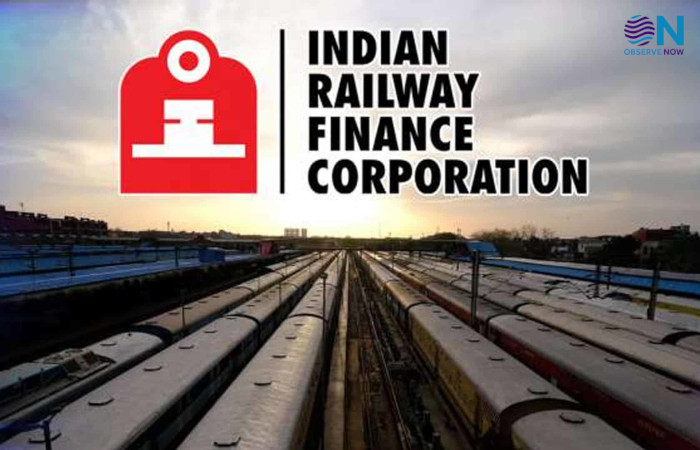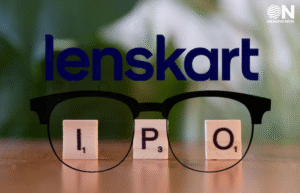Observed on March 8, International Women’s Day 2025 embraces the theme “Accelerate Action,” emphasizing the pressing need to fast-track gender equality. At the current rate, the World Economic Forum predicts full gender parity may not be achieved until 2158—a staggering five generations away.
This year’s theme is a clarion call for bold, immediate steps to break down systemic barriers and biases that continue to hinder women’s progress. It urges individuals, communities, and organizations to move beyond discussions and implement real, impactful change that advances gender equity.
While themes shift annually, the fundamental mission remains the same—progress must keep pace with purpose to create lasting impact. To understand the ground reality, Siddharth Mala, Correspondent, ObserveNow Media, engaged with women in leadership roles to explore their experiences and challenges firsthand.
In recent years, India’s IT industry has made significant strides in gender inclusion, with women now comprising over 30% of the workforce—contrasting with Western nations where female participation has plateaued or declined. A study by NASSCOM and the UK’s Open University found that nearly half of students in India’s IT postgraduate programs are women, a figure twice as high as in the UK. Today, about one-third of India’s IT workforce consists of women, primarily under 30, contributing to the sector’s rapid growth and pushing STEM fields closer to gender parity. However, sustaining this diversity as women transition into managerial and leadership roles remains a challenge.
This shift underscores the critical role diversity plays in business growth. According to LinkedIn data, women now account for 60% of the marketing workforce, reflecting a significant transformation in the industry.
Marketing, a key driver of business success, involves strategies to promote products and services. In India, more women are stepping into leadership roles within marketing, bringing fresh perspectives and innovative approaches that reshape the industry.
Arpita Sengupta, Director and Head of Marketing & Communications at Red Hat, India said “Policies alone won’t drive change—measurable accountability is key. Organizations must make a conscious effort in ensuring that there is a balance in representation, and career progression to ensure real impact. At Red Hat, we foster inclusion through mentorship, sponsorship, and equal growth opportunities. Beyond hiring, we empower women with decision-making roles, ensuring diversity isn’t just celebrated but embedded in leadership”
Whereas Meenakshi Head Of Marketing, Netsmatz underscored “Real change starts when brands walk the talk. It’s not just about campaigns during Women’s Day—it’s practicing equality everyday. It’s about fair pay, equal opportunities, and real representation every day. Consumers see through token gestures, but when brands commit to real change within their own teams and actively challenge biases, that’s when marketing becomes a force for progress.”
Brands must move beyond performative feminism by embedding gender equality into their values and business practices. Inclusive storytelling and real actions—like fair pay and diverse leadership—matter. But is that enough? To truly shift norms, brands must challenge biases, foster dialogue, and drive sustained change beyond just campaigns.
Vinny Sharma, Marketing Director – APJ & MEA, Securonix highlighted “In today’s marketing landscape, authenticity is key. Brands should include equality as a part of their core brand values. By showcasing diverse perspectives and fostering inclusive narratives, brands can drive meaningful societal change. At Securonix, we believe that true progress stems from actions that reflect our commitment to inclusivity, influencing both customer and industry practices.”
Adding, Nithya Krishnan, Marketing Head, Couchbase said “Marketing holds the power to challenge outdated stereotypes and foster more inclusive, progressive attitudes.’
Krishnan highlighted “Featuring diverse representations of gender, including non-binary, gender-fluid, and transgender individuals, sends a powerful message of inclusion and acceptance.”
As per the latest data from the Ministry of Education, Government of India, the All India Survey on Higher Education (AISHE) 2021-22 reports that total higher education enrolment reached approximately 4.33 crore in 2021-22, up from 4.14 crore in 2020-21. This reflects a rise of around 91 lakh compared to 3.42 crore in 2014-15, marking a 26.5% increase. Female enrolment also saw an upward trend, reaching 2.07 crore in 2021-22 from 2.01 crore the previous year—an increase of nearly 50 lakh from 1.57 crore in 2014-15, representing 32% growth.
However, despite these advancements, a significant gender gap remains, particularly in STEM (Science, Technology, Engineering, and Mathematics)—a field critical to shaping the future. Yet, persistent barriers continue to hinder women’s participation and career progression in these domains.
According to the Global Gender Gap Report 2023, women comprise only 29.2% of the global STEM workforce across 146 countries, despite making up nearly 49.3% of the workforce in non-STEM fields. This stark contrast underscores the need for a more inclusive and equitable approach to STEM education and career opportunities.
Shedding light on the importance to inspire more young girls to take up science and technology as a career Dr. Geetali Tilak, Vice-Chancellor, Tilak Maharashtra Vidyapeeth highlighted “Early exposure to scientific thought, hands-on experiments, and role models can inspire young girls. Tilak Maharashtra Vidyapeeth emphasis on self-reliance and intellectual growth aligns with our efforts to instill confidence in future women scientists.”
Suggesting on how universities foster a stronger culture of scientific research and innovation among students, Dr. Svetlana Tauskar, Director, Kohinoor Business School pointed out the following:
-
Design research-focused courses and imbed it in the curriculum.
-
Encourage students to take up research internships/ live projects tailored to specific fields of study away from traditional topics and more focused on topics that are of relevance in todays times, and this should be as a part of the curriculum
-
Create mentorship programs which has a joint research paper along with a faculty member as a compulsory component in the curriculum.
-
Organize student research conferences so that students can present their research findings
-
Offer dedicated workshops on research methodology, data analysis, scientific writing, and ethics
-
Facilitate collaborative research projects with students of other universities both domestic and international.
-
Encourage faculty to involve students in their research projects and papers.
-
By fitting in research related initiatives into the curriculum and providing a research enabling environment universities can empower students to become accomplished researchers and innovators.
Educational institutions are evolving learning ecosystems to subtly encourage more women in AI, cybersecurity, and finance. Through mentorship, industry exposure, and skill-focused programs, they challenge traditional norms, fostering inclusivity. But will these efforts create lasting change?
Ritika Gupta, CEO of Aaera Consultants emphasised “Educational institutions shouldn’t stop at teaching; they must actively help women enter the world of AI, cybersecurity, and finance. This involves showcasing female role models, updating courses to eliminate bias, and providing mentorship programs. Hands-on learning, partnering with industry, and scholarships make these fields easy to decode. Guidance in careers would turn their age-old stereotypes upside-down, arming women with confidence, skills, and opportunities in the booming sectors.
Globally, women are underrepresented in education leadership roles, despite comprising a significant portion of the teaching workforce, with studies showing that only a fraction of school and university leadership positions are held by women.
“Traditional hierarchical structures often reinforce gender disparities. Alternative approaches like co-leadership, where responsibilities are shared, create more inclusive decision-making environments. Rotational leadership—where roles shift periodically—provides more women with executive experience and visibility. Collective leadership distributes power among teams rather than centralizing it. These models dismantle the “one-size-fits-all” leadership mold and create space for diverse perspectives, ultimately leading to more balanced representation. Real change demands organizations move beyond policy to embed inclusion into their culture, systems, and leadership structures” said Nancy D – Chief Business Officer, Scholars Merit Pvt Ltd.
In 2023, women made up 41.9% of the global workforce but held only 32.2% of senior leadership positions. At the C-suite level, their representation was even lower, with women occupying just 25% of top executive roles. Additionally, for every 100 men promoted to managerial positions, only 87 women received the same advancement.
Commenting on the same line Rati Misra, Executive Director, Milaan Foundation, Said “Hiring women into leadership isn’t the win—keeping them there is! Breaking the glass ceiling requires both attitudinal and structural shifts. Policies promoting gender diversity in hiring and promotions must be enforced, not just exist on paper. Equal access to leadership programs, unconscious bias training, and inclusive workplace cultures are non-negotiable. Flexible work arrangements, safe transportation, crèche facilities, and strict POSH Act enforcement aren’t perks—they’re necessities.”
While Prof. Sanghamitra Buddhapriya, Dean ( Academics) FORE School of Management, Gurugram emphasised “Some of the mechanisms/ frameworks that organisations can introduce for achieving better gender equality are “Gender Representation Targets” for leadership and decision-making positions. Organizations should link gender equality outcomes with performance evaluations of leaders and regularly report on their progress toward achieving gender equality goals. Independent, third-party audits of workplace practices and pay structures can provide an unbiased assessment of an organization’s commitment to gender equality.”
Underscoring a very important point Ramya Parashar, Chief Operating Officer, MiQ said “Empowerment isn’t about giving women a seat at the table, it’s about redesigning the table so that inclusion is the norm, not the exception. True equality means breaking not just barriers, but mindsets that limit ambition, opportunity, and voice. For all women and girls, empowerment begins when we stop seeking permission and start owning our power—when we champion not just our own success but create pathways for others to rise. The future isn’t waiting to be shaped by someone else. It’s ours to lead, build, and transform. Let’s not just talk about equality, let’s drive it, demand it, and make it undeniable.”
In India, the landscape is varied: Financial services and technology sectors see around 19% female representation in senior roles, which is significantly low. Commenting on the same Mahati Pandya- AVP – Marketing & Strategy , Epsilon Money stated “ Leadership is evolving, and it’s no coincidence – it reflects the growing influence of women as consumers, clients, and decision-makers. Beyond just diversity, businesses are recognizing the value of having women in leadership – thoughtful decision-making, financial responsibility, and long-term vision. While progress is still unfolding, the shift is promising. True equality won’t be measured by intent alone but by real representation – at the board level, in senior leadership, and across middle management, where the future of leadership takes shape.”
On the same line VLA Ambala (SEBI Registered Research Analyst) asserted While assets managed by women fund managers in India have doubled to Rs. 13.45 lakh crore in January and their number jumped from 42 to 49 in a year, leadership roles are still considered male-dominated fields. However, alternative leadership models could accelerate the inclusion of women in decision-making positions. For instance, the co-leadership model allows sharing responsibilities, while rotational leadership provides a platform to multiple entities to develop leadership skills. These models can help bring diverse perspectives, create leadership opportunities for women, and reduce gender biases. Additionally, these structures will provide new opportunities for companies, as investors like to invest in a company that shows sustainable growth potential and stronger governance.”
The Indian startup ecosystem still has room for improvement, as women make up 35% of the workforce but remain underrepresented in leadership positions. Currently, only 18% of startup CEOs and founders are women.
Offering a beacon of hope, a report by the Ministry of Commerce & Industry reveals that as of December 31, 2024, a total of 75,935 recognized startups have at least one woman director (based on self-reported data), highlighting the growing presence of women entrepreneurs in India.
“As the business environment continues to evolve, the gap in venture capital financing between women-owned businesses and others continues. In 2022, only 18% of the 80,000 startups in India were founded or led by women, and these women-led startups received just 18% of the total VC funding. It is not because they lack ability or innovativeness but, rather, it stems from structural inefficiencies, biases, and limited access to connections that allow them to tap into core networks and growth opportunities. To drive tangible progress, investors and policymakers must move beyond symbolic initiatives and adopt data-driven, inclusive funding strategies that foster long-term success.” said Meghna Mittal, Co-Founder & CRO of Hoopr.
A more inclusive investment ecosystem needs to have committed capital priorities for women-led businesses, organized mentorship, advisory initiatives and greater diversity in decision-making forums to remove unconscious biases. With more than 20% of new businesses in India being founded by women and women-led enterprises contributing significantly to job creation and economic growth, it is crucial to establish structured support systems that enable scalability. By integrating inclusivity into the very fabric of investment behavior, we can create an environment where women entrepreneurs are not only supported but also positioned for sustained scalability and success. Recognition of these investments as key drivers of economic growth and innovation will place a more balanced, resilient and forward-looking business environment” concluded Mittal.



